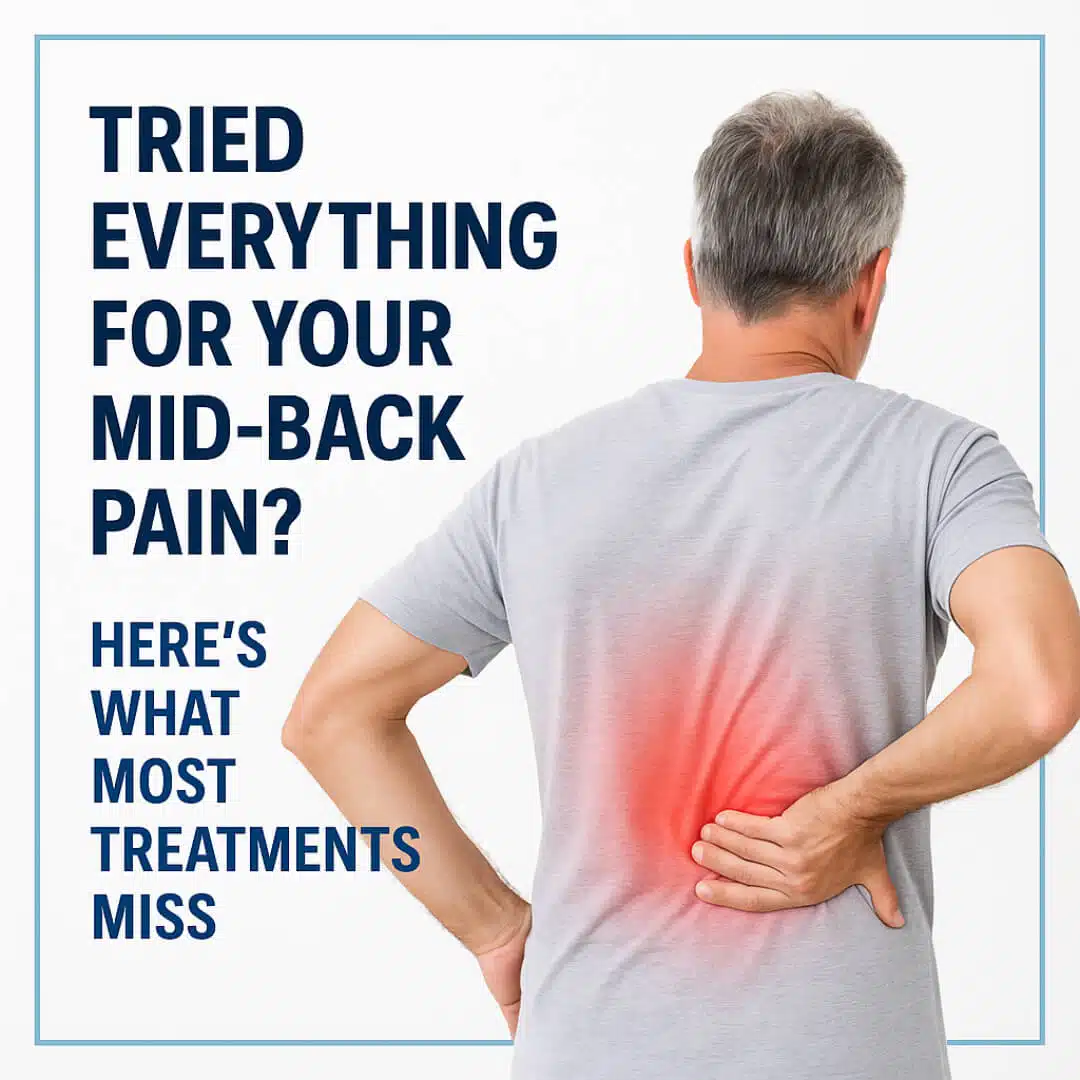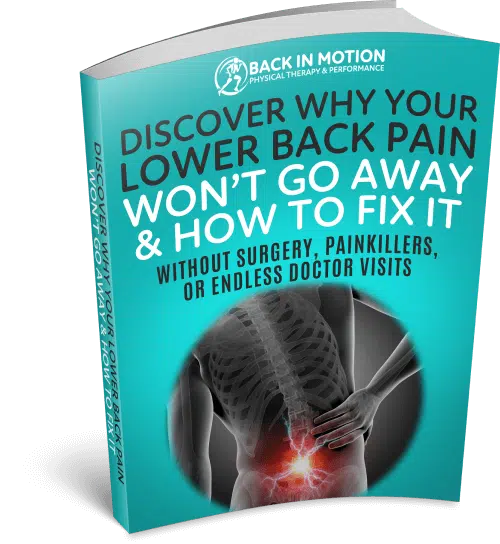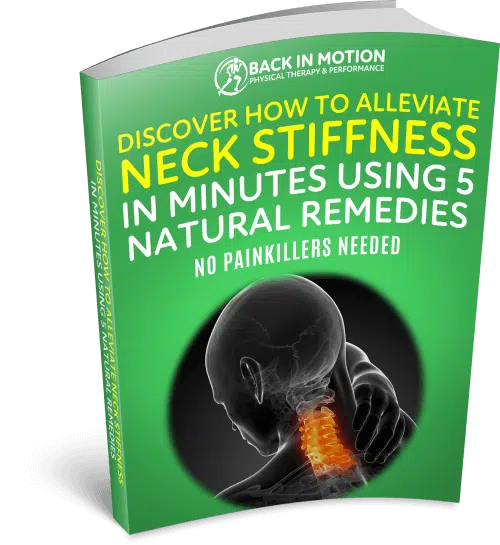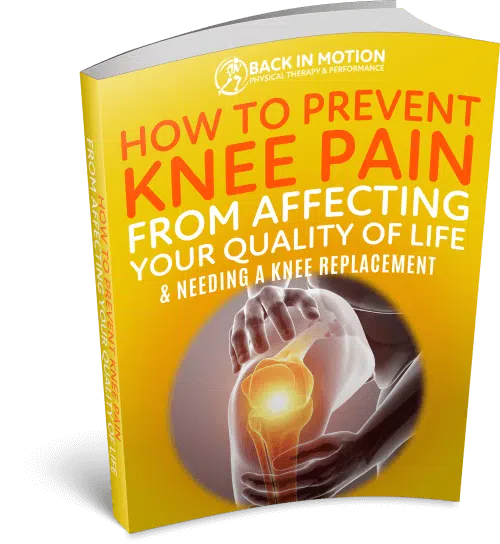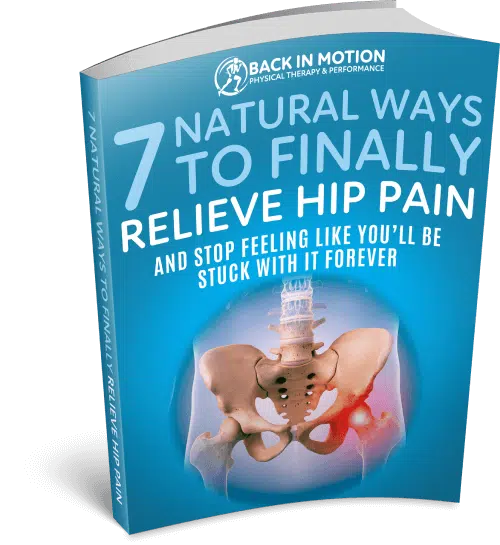Tried Everything for Your Mid-Back Pain? Here’s What Most Treatments Miss
If you’ve been dealing with mid-back pain—that nagging ache between your shoulder blades or the constant tightness that creeps in after a long day at your desk—you’re not alone. And if you’ve tried massage, stretching, posture braces, or even prescription meds only to feel the pain return (or never go away in the first place), you’re definitely not the only one.
We see this all the time. Smart, proactive people come to us frustrated because they’ve “tried everything” and are still dealing with chronic thoracic spine pain, stiffness, and limited mobility. The truth is, most conventional treatments for mid-back pain focus on surface-level symptoms rather than fixing the root problem.
In this article, we’re going to pull back the curtain and show you what most treatments miss—and what actually works to bring lasting relief.
Understanding the Mid-Back: Why This Area Gets So Stuck
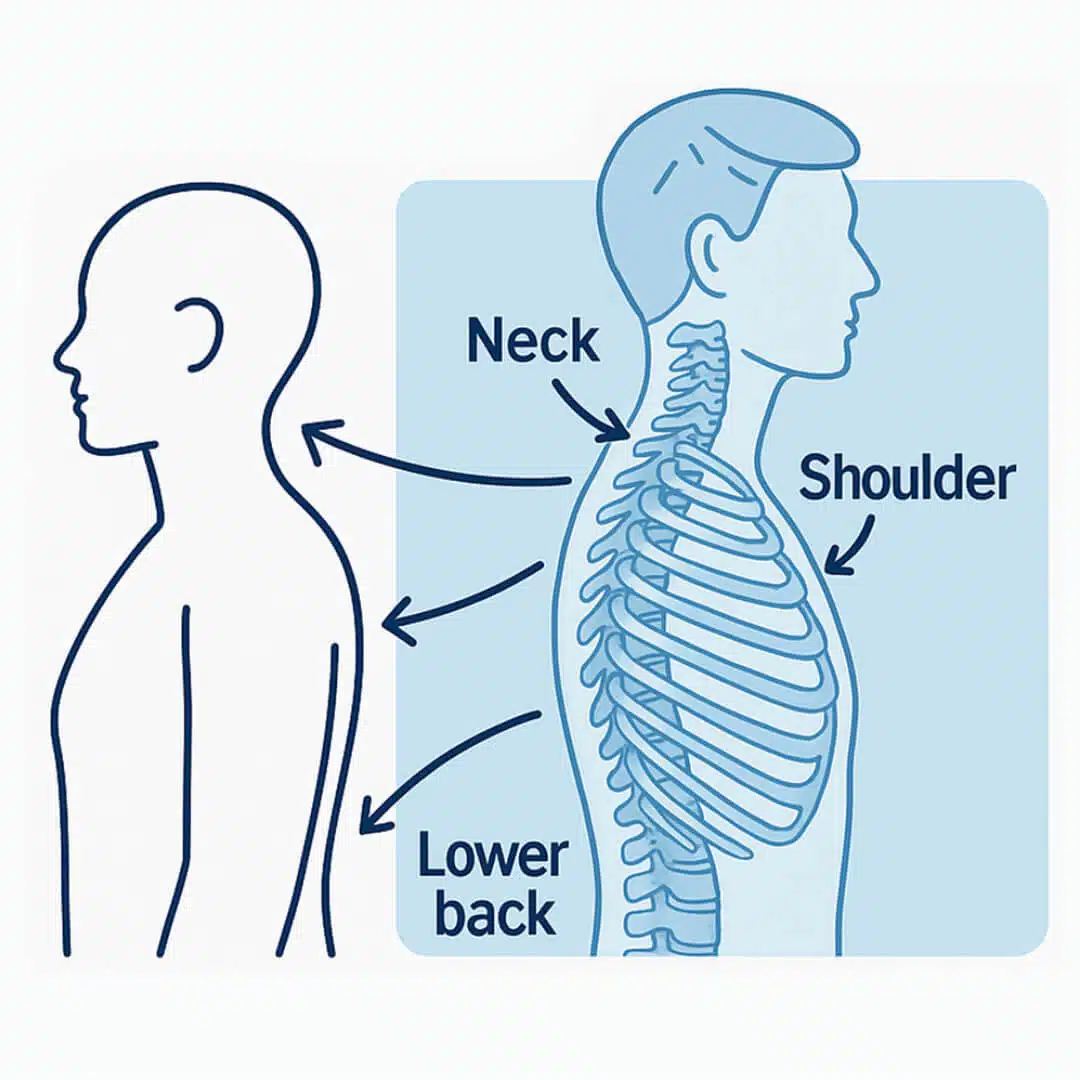
Your thoracic spine—a.k.a. your mid-back—is a complex region made up of 12 vertebrae (T1–T12), all of which connect to your rib cage. It’s designed to provide stability, protect your organs, and allow for rotation, extension, and movement with your arms and trunk.
But thanks to modern life—hello, desk jobs, commuting, and screen time—this area often becomes stiff, compressed, and locked down. When that happens, other parts of the body (like your lower back, neck, or shoulders) try to compensate. That’s when real problems start.
What You’ve Probably Tried… And Why It Doesn’t Stick
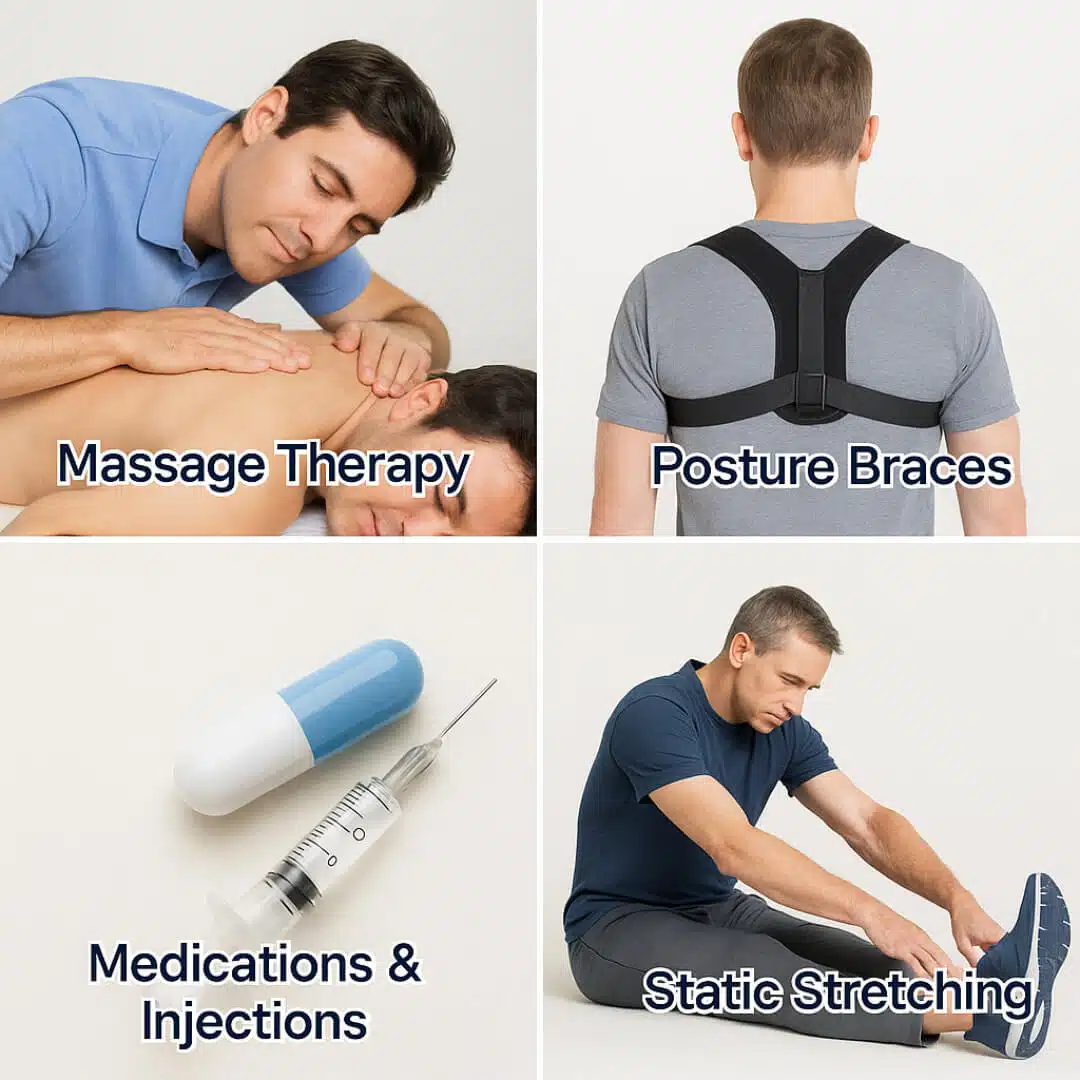
If you’re like most people we see, you’ve already gone down the checklist of common mid-back pain fixes you hoped would work. Let’s look at the usual fixes:
Massage Therapy
Sure, it feels amazing—and it can temporarily relieve tension—but massage alone won’t address the underlying movement restrictions or rib and spinal joint mechanics.
Posture Braces & Correctors
They might “remind” you to sit up straight, but they often restrict natural movement and don’t retrain the muscles responsible for good posture.
Medications & Injections
Anti-inflammatories may dull the pain, but they don’t touch the mechanical root cause. Long-term reliance can also come with side effects.
Static Stretching
Reaching your arm across your chest or holding a child’s pose for five minutes won’t fix segmental stiffness, especially when it comes from poor rib mobility or joint dysfunction.
Here’s What Most Treatments Miss: The Root Cause
If your mid-back pain keeps coming back, the issue is likely not just muscular. What’s usually missing from the equation is a full understanding of the movement impairments driving the pain.
Here’s what we mean:
1. Rib Mobility: The Overlooked Factor
Each of your thoracic vertebrae connects to a pair of ribs. When those ribs don’t glide, rotate, or expand properly during breathing or movement, it can lock up your mid-back and make simple actions—like twisting, reaching, or even breathing deeply—feel tight or painful.
We call this the “Stuck Rib Syndrome.” It often feels like a band of tension under the shoulder blades or a pinching sensation when turning. It’s one of the most common and least recognized culprits of persistent mid-back tension. The good news?
Hands-on techniques like targeted manual therapy, breathing retraining, and rib mobilization techniques can restore proper movement to the ribs and relieve that deep, frustrating pressure in your mid-back.
2. Breathing Mechanics: More Than Just Inhaling
Most people don’t realize their breathing patterns are feeding their mid-back pain. Shallow, chest-dominant breathing keeps your rib cage and thoracic spine in a tight, elevated position that creates tension in the mid-back. Over time, this reinforces poor posture and makes it harder to move, rotate, or even sit comfortably.
Many people aren’t even aware they’re breathing this way—especially during stress or when sitting.
That’s why at Back In Motion, we incorporate diaphragmatic breathing techniques and thoracic expansion drills into our treatment plans. By teaching your body to breathe in a more natural, efficient way, we help restore mobility from the inside out—relieving pressure and helping your spine move the way it was designed to.
3. Postural Fatigue, Not Just Poor Posture
Contrary to what you’ve heard, it’s not that you have “bad posture”—it’s that your postural support system gets tired. Muscles like your lower traps, serratus anterior, and thoracic extensors stop pulling their weight (literally), and your body collapses into a slouch. That slouch leads to pain, tension, and that all-too-familiar burning in the mid-back after long hours at your desk.
You can’t “sit up straight” for hours if your stabilizers aren’t trained to do the job.
Instead of strapping on a brace or forcing yourself to sit stiffly, we help clients retrain and strengthen the muscles that support good posture. Through customized corrective exercises and movement re-education, we build real endurance and control so you can sit, stand, and move pain-free—all day long.
4. Thoracic Segmental Stiffness: The Real Blocker
Sometimes, individual vertebrae in the mid-back get stuck. This is more than muscle tension—it’s a joint issue. You might feel like you can’t rotate your torso fully, or that you get a “blocky” sensation when twisting or trying to look over your shoulder. Unfortunately, most people just try to stretch through it, which doesn’t solve the underlying problem.
We use precise joint mobilization techniques to unlock stiff segments of the thoracic spine. Once mobility is restored, we reinforce it with corrective movement training to ensure your spine stays mobile—and doesn’t revert back to its restricted state.
What Real Relief Looks Like: A Root-Cause Approach
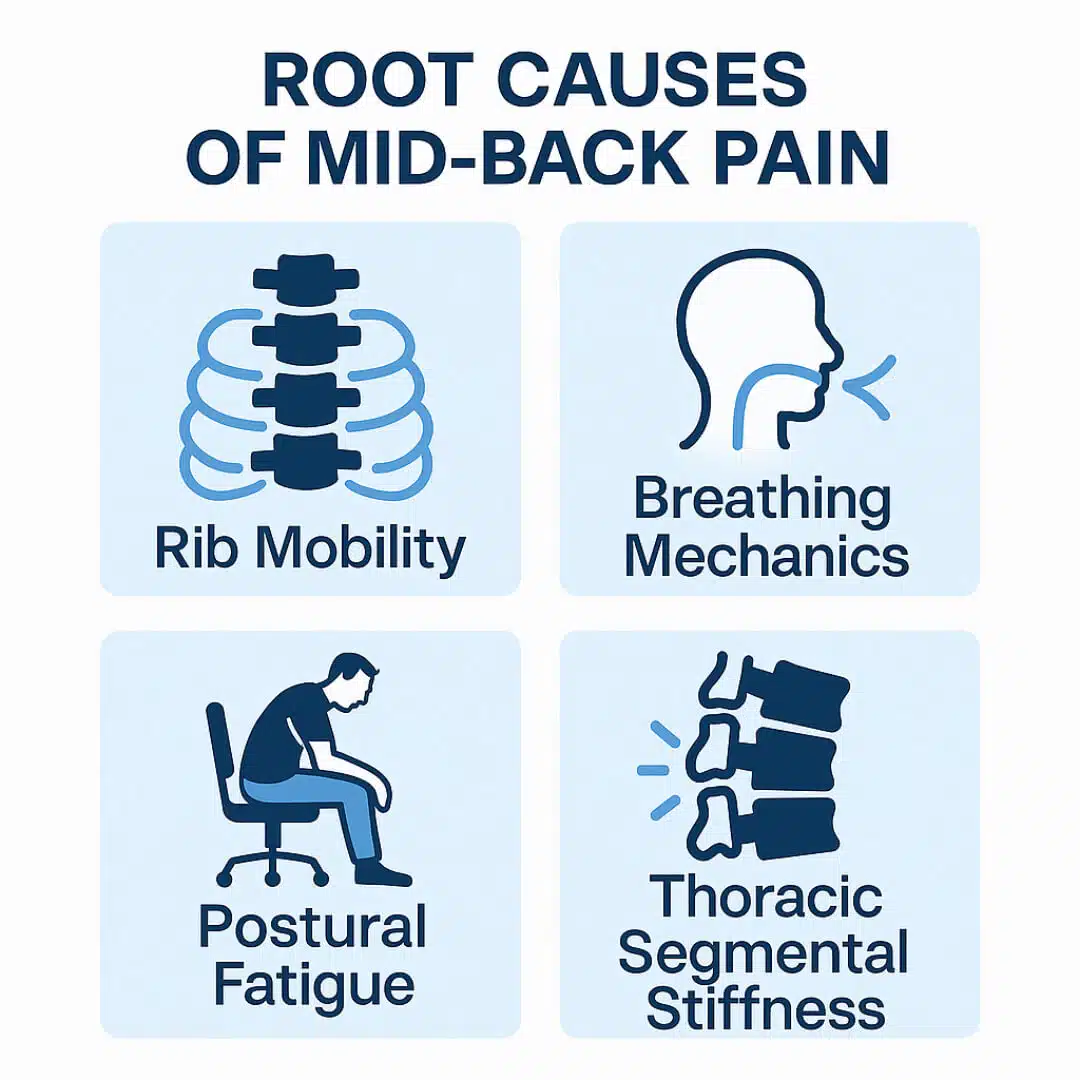
At Back In Motion, our goal is to do more than make you feel better—we want to fix what’s causing the issue so you can move better, stay active, and do the things you love without recurring setbacks.
Our approach combines:
- Movement assessments to detect dysfunctional patterns
- Manual therapy to release restrictions and improve mobility
- The Gray Method™, our proven system for root-cause correction
- Personalized movement re-education to build strength and prevent relapse
We’re not interested in temporary fixes. We’re here to rebuild function from the inside out—without surgery, medication, or endless passive treatments.
Your Mid-Back Pain Isn’t Hopeless
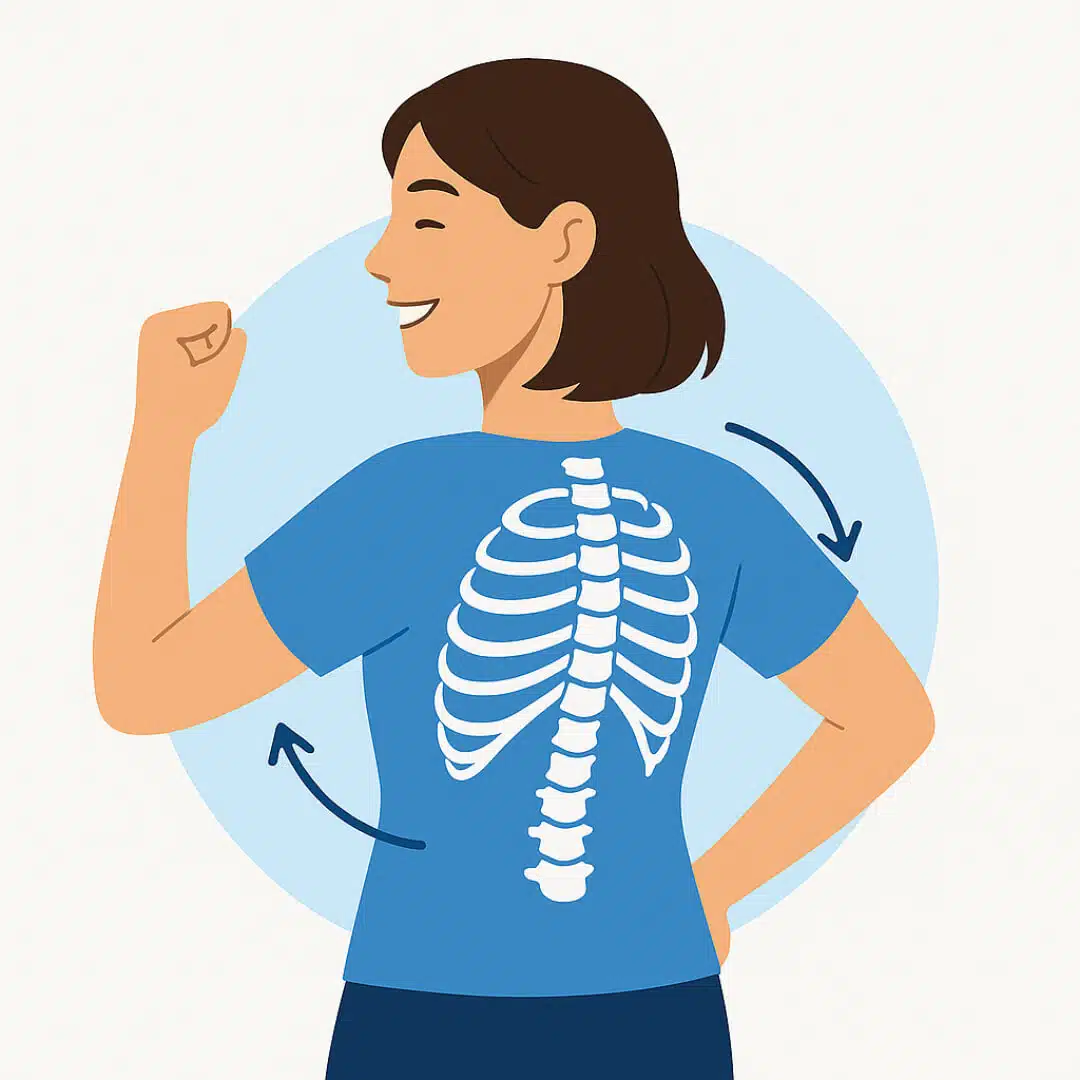
If you’ve tried everything for your mid-back pain—ice packs, stretches, even expensive chairs—and nothing has worked, it’s not because you’re broken. It’s because most treatments aren’t digging deep enough.
Your thoracic spine, rib cage, and breathing patterns are deeply connected. When one part isn’t moving well, it creates a domino effect of tension, dysfunction, and pain.
But there is hope. With the right eyes on your movement—and the right tools to restore it—you can feel real, lasting relief.
Ready to Feel Better—for Good?
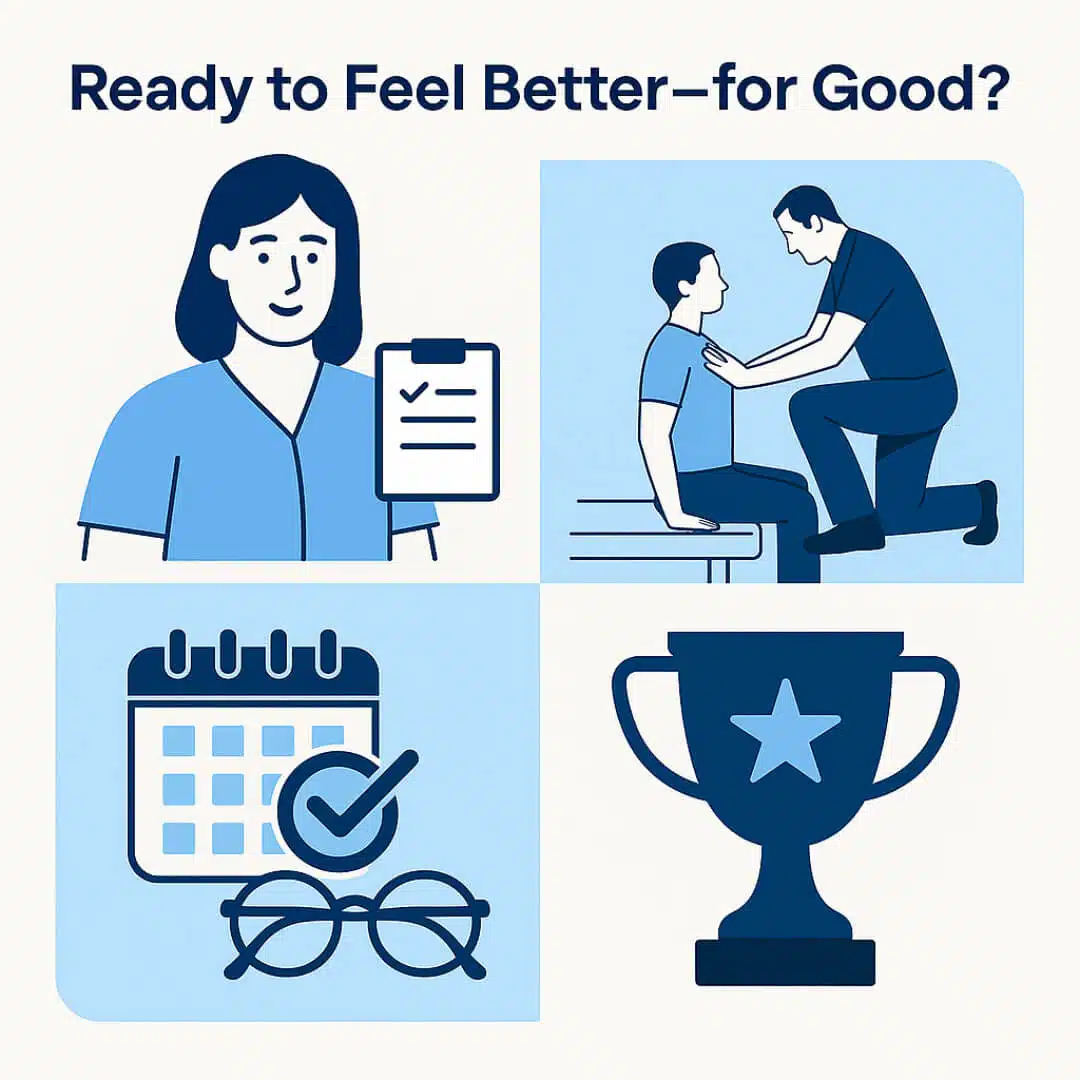
At Back In Motion, we specialize in helping people like you reclaim control over their bodies and finally solve what others have missed.
Book a Free Consultation or a Full Movement Assessment to learn what’s really going on with your mid-back—and how we can help.
Let’s get you back to doing what you love—without the pain.

